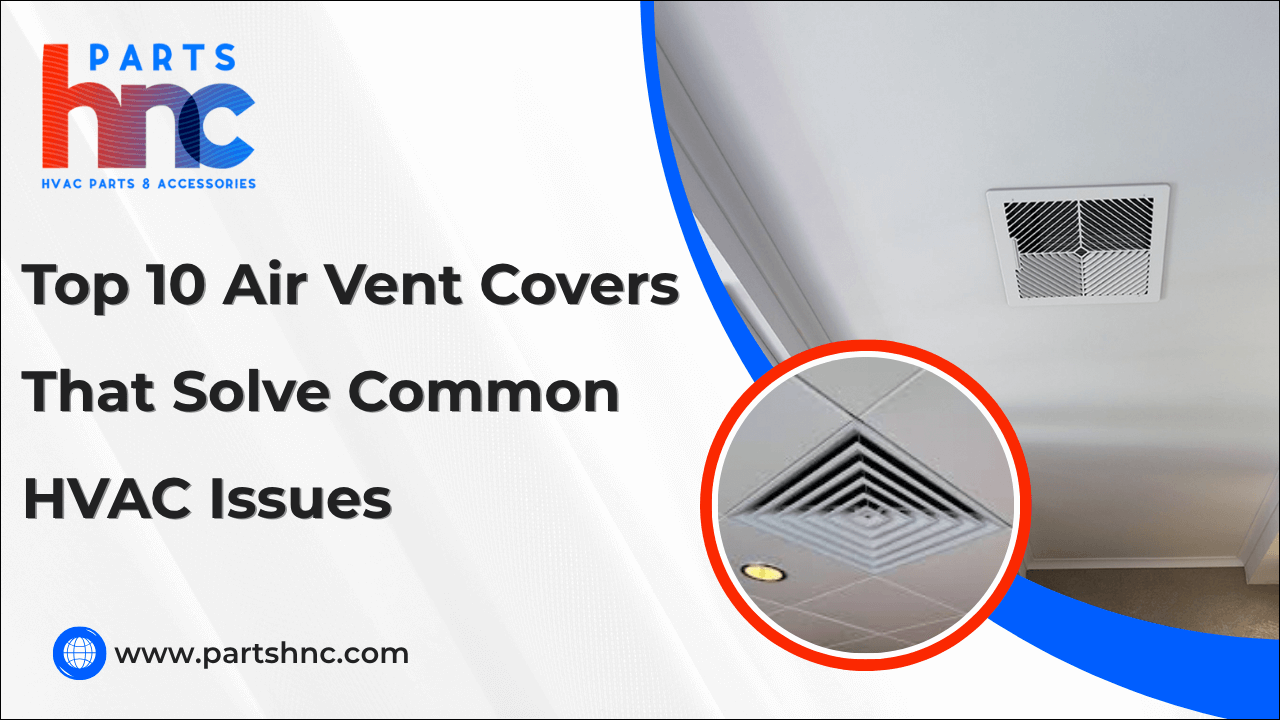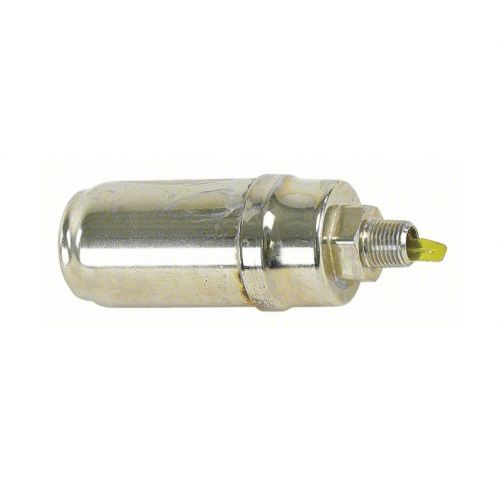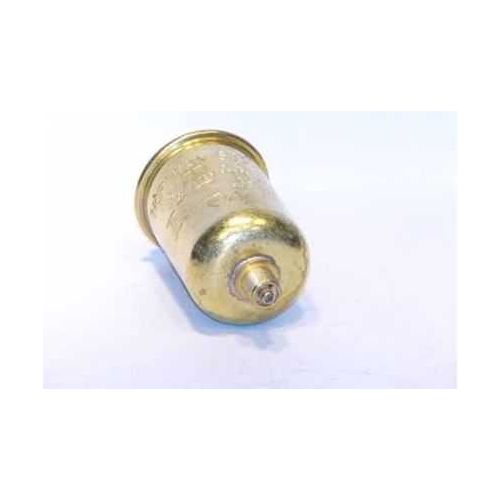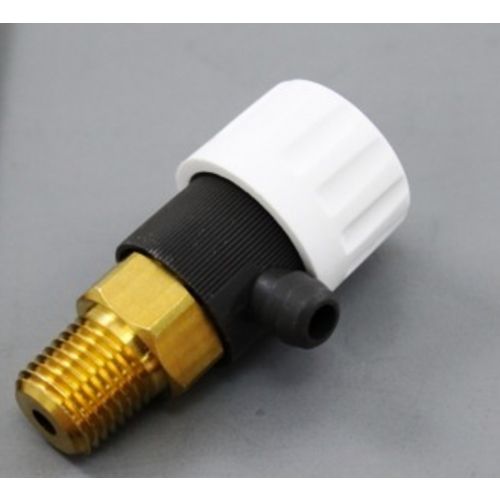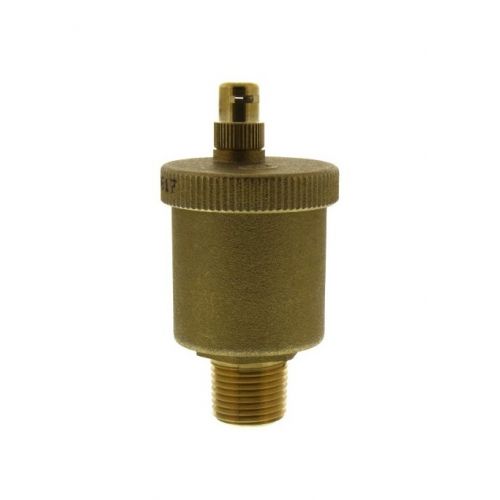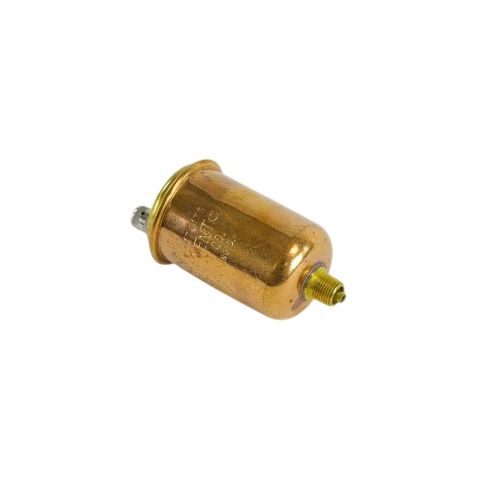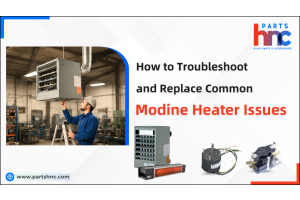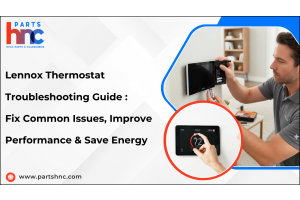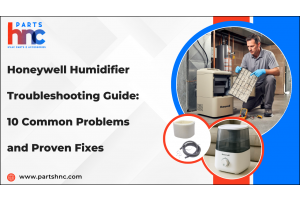Top 10 Air Vent Covers That Solve Common HVAC Issues
Air vent covers play a crucial role in the efficiency and comfort of your HVAC system. They help regulate airflow, protect your ducts from dust, and can even reduce unwanted noise. If you’ve been struggling with issues like inconsistent room temperatures, poor ventilation, or high energy bills, the right vent cover might be the simple fix you need. Selecting the best air vent covers can enhance your system’s performance and prolong its lifespan. In this article, we’ve rounded up the top 10 air vent covers that effectively solve common HVAC problems. Whether you want to enhance airflow, block drafts, or add a stylish touch to your vents, these options cover all the bases for a more comfortable home.
Why Choosing the Right Air Vent Cover is Essential for HVAC Efficiency
Choosing the right air vent cover is crucial for your HVAC system’s efficiency and home comfort. Poorly designed or damaged vent covers can restrict airflow and cause uneven temperatures, making your system work harder and use more energy.
Why it’s Essential for HVAC Efficiency
-
Improved Airflow Efficiency: Enhance airflow to provide steady heating and cooling in your house.
-
Temperature Consistency: Reduces drafts and eliminates hot and cold spots for enhanced comfort.
-
Better Indoor Air Quality: Improves indoor air quality by filtering dust and debris.
-
Noise Reduction: Minimizes noise from air moving through vents.
-
Duct Protection: Protects ducts, reducing maintenance and wear.
-
Enhanced Home Aesthetics: Enhances your home’s aesthetic with stylish designs.
-
Easy Installation and Maintenance: Offers easy installation and upkeep, saving time and effort.
-
Long-Lasting Durability: Ensures long-lasting use with corrosion resistance and enhanced durability.
-
Adjustable Airflow Control: Features movable louvers to regulate the amount and direction of airflow.
-
Pest Prevention: Stops bugs from getting inside through vents.
Investing in the right air vent covers improves HVAC performance, lowers energy bills, and creates a healthier, more comfortable living space.
Looking for the perfect air vent covers to improve airflow and fix common HVAC issues? At PartsHnC, we offer top-quality essential parts like the vent hood damper assembly, draft hood, and vent hood motor from trusted brands like Honeywell, Carrier, and Lennox for performance and durability.
Key Features to Look for in High-Performance Air Vent Covers
Choosing high-performance air vent covers can significantly enhance your HVAC system’s efficiency and comfort. To ensure you pick the best option, consider these essential features:
-
Airflow Efficiency: Look for designs with wide, adjustable louvers or vent grills that maximize airflow while minimizing noise and turbulence.
-
Durability and Material Quality: High-quality materials like steel, aluminum, or durable plastic resist corrosion, warping, and wear over time for long-lasting performance.
-
Adjustability: Vent covers with adjustable louvers or dampers give you control over airflow direction and volume, helping customize comfort and reduce energy waste.
-
Ease of Installation and Maintenance: Choose a vent cover replacement that is simple to install and remove for cleaning, such as removable grills or snap-in designs, to keep your HVAC system running smoothly.
-
Noise Reduction: Some vent covers include noise-dampening features to reduce the sound of air rushing through ducts, making your home quieter.
-
Aesthetic Appeal: Since vents are visible in your living space, selecting covers that match your home décor helps maintain a polished and cohesive look.
By focusing on these features, you can find air vent covers that not only solve HVAC problems but also enhance your home's comfort and efficiency.
Top 10 Air Vent Covers That Help Fix Common HVAC Problems
The right air vent cover can improve airflow, reduce energy costs, and solve common HVAC issues like uneven temperatures or noise. Here are 10 types that enhance both comfort and system performance.
-
Louvered Vent Covers: These covers feature adjustable slats that let you direct air where it’s needed most, helping fix hot or cold spots and balance room temperatures. They’re easy to clean, available for floor, wall, or ceiling installation, and great for improving comfort room by room.
-
Return Air Grilles with Filters: Equipped with built-in filters, these covers trap dust, pollen, and allergens, improving indoor air quality and helping reduce allergy symptoms. They also reduce HVAC maintenance by keeping ducts cleaner, and the filters are simple to replace when needed.
-
Magnetic Vent Covers: Designed for metal vents, these covers block airflow to unused rooms—perfect for seasonal adjustments and saving on energy bills. They’re easy to apply and remove, and can help boost airflow and air pressure in frequently used areas.
-
Adjustable Vent Covers: With built-in dials or sliders, these covers allow you to control how much air enters each room, making them ideal for shared spaces with different needs. They’re easy to install, help balance your HVAC system, and offer customizable comfort in any area.
-
Decorative Vent Covers: These vent covers combine style with function, offering airflow control without sacrificing appearance. Available in wood, metal, or custom finishes, they add personality and value to your space while maintaining full ventilation performance.
-
Deflectors: Snap-on deflectors redirect airflow away from walls, curtains, or furniture, improving circulation and comfort. They help prevent wasted airflow, reduce damage to nearby items, and offer adjustable angles for targeted direction.
-
Vent Covers with Built-in Booster Fans: Built-in fans help push air into hard-to-reach rooms, perfect for multi-level homes or long duct runs. These covers improve comfort in underserved areas, often include thermostat controls, and are easy to set up with plug-and-play functionality.
-
Smart Vent Covers: Connected via Wi-Fi or Bluetooth, smart vent covers automatically open or close based on room temperature or mobile app settings. They integrate with smart thermostats, support zone climate control, reduce HVAC energy use, and allow remote scheduling.
-
Ceiling Vent Covers: These covers are designed to guide air down into the living space, preventing it from lingering near the ceiling. Ideal for central systems, they’re available in fixed or directional styles and blend with most ceiling finishes for a seamless look.
-
Sound-Reducing Vent Covers: Made with insulating or acoustic materials, these covers reduce noise from airflow and duct vibration, ideal for bedrooms, offices, or workspaces. They enhance quiet comfort, improve focus, and often use layered foam to dampen sound effectively.
Check out our detailed guide on common problems with air ventilation to fix issues that affect your home's airflow and comfort.
How to Choose the Best Air Vent Cover for Your Space
Selecting the right air vent cover might seem like a small detail, but it can significantly impact your home's airflow efficiency, energy savings, and overall style. Whether you're upgrading your HVAC system or simply looking to refresh your space, here are the key factors to consider when choosing the best air vent cover:
-
Know Your Vent Type: Start by identifying the type of vent you're covering, supply or return. Supply vents push air into your rooms, while return vents pull air back into the HVAC system. Each type may require different designs and airflow capacities, so it’s important to match the cover accordingly.
-
Measure Accurately: Measure the inside dimensions of the duct opening, not the old cover. This ensures a proper fit. Common sizes include 10"x4", 12"x6", and 14"x8", but custom sizes are also available for unique spaces.
-
Consider Airflow Efficiency: Look for vent covers with louvers or grilles that promote good airflow. Adjustable louvers give you more control over air direction and flow, while fixed grilles are more suited for consistent, unobstructed circulation.
-
Match Your Home’s Style: Air vent covers come in a wide range of materials and designs, including classic white metal, wood finishes, decorative patterns, and more. Choose a style that complements your interior decor without drawing too much attention unless you want a statement piece.
-
Choose the Right Material: Durability is key. Metal covers are sturdy and long-lasting, great for high-traffic areas. Plastic options are lightweight and cost-effective, while wooden covers offer a more premium, natural look. Consider humidity levels, and metal or plastic may be better for bathrooms and kitchens.
-
Look for Easy Maintenance: Choose covers that are easy to remove and clean. Dust buildup can affect air quality and system performance, so you’ll want a cover that allows for regular maintenance.
-
Don’t Overlook Special Features: Some vent covers come with built-in filters to improve indoor air quality, magnetic seals to reduce drafts, or sound-dampening properties. Think about what extra benefits could enhance your comfort and efficiency.
By keeping these factors in mind, you can find an air vent cover that not only functions effectively but also enhances the comfort and aesthetics of your space.
Check out this ultimate guide on choosing the perfect air ventilation system for your home for better indoor air quality.
How to Properly Install Air Vent Covers for Maximum HVAC Performance
Proper air vent cover installation is essential to maximize your HVAC system’s efficiency and ensure optimal airflow throughout your home. Follow these steps for the best results:
-
Step 1: Choose the Right Size: Select a vent cover that matches your existing duct openings to avoid restricting airflow or letting in dust.
-
Step 2: Clean the Vent Area: To guarantee a good seal, clear the area surrounding the vent aperture of dust and debris before installation.
-
Step 3: Remove Old Covers Carefully: Inspect the duct opening for any damage or buildup that could reduce efficiency.
-
Step 4: Align the New Cover Properly: Make sure the vent cover fits evenly over the duct opening without gaps.
-
Step 5: Secure Firmly: To keep the frame from warping, use the proper screws or mounting hardware, but don't tighten them too much.
-
Step 6: Seal Edges: To stop air leaks, use weatherstripping or a tiny bead of caulk around the edges.
By following these steps, you’ll improve air distribution, lower energy costs, and keep your HVAC system running efficiently year-round.
How to Maintain Your Air Vent Covers for Long-Term HVAC Health
Maintaining your air vent covers is crucial for the long-term health and efficiency of your HVAC system. Follow these steps to keep your vents in top condition:
-
Clean Regularly: Remove vent covers and wash with warm, soapy water. Use a soft brush for stubborn dirt and dry completely before reinstalling.
-
Inspect for Damage: Examine the coverings for rust, warping, or cracks. Replace any damaged covers to prevent air leaks and blockages.
-
Secure Hardware: Check that screws and mounting hardware are tight. This prevents rattling and loosening over time.
-
Vacuum Surrounding Areas: Dust and dirt surrounding vents and ducts can be removed with a vacuum. This keeps the air flow clear and reduces strain on your HVAC system.
-
Check for Mold or Mildew: Inspect vents and nearby areas for mold, especially in humid environments. Clean or replace covers if you find any growth.
-
Paint or Refinish if Needed: If paint on metal covers is chipping, repaint with heat-resistant paint. This helps maintain appearance and prevents rust.
-
Ensure Proper Fit: Make sure vent covers fit snugly without gaps. Proper fitting prevents air leaks and maintains efficient airflow.
-
Schedule Routine HVAC Inspections: Have professionals check vent covers during regular HVAC maintenance. They can spot issues you might miss.
Regular care of your air vent covers improves airflow, boosts energy efficiency, and extends your HVAC system’s lifespan for year-round comfort.
Investing in the right air conditioning vent covers and maintaining them properly is a small but impactful step toward solving common HVAC issues. From improving airflow and reducing energy waste to preventing dust buildup and enhancing your home’s aesthetics, these covers play a vital role in HVAC performance. With the top 10 fixes outlined above, you now have practical options to tackle specific problems and keep your system running efficiently. Make informed choices, follow proper installation steps, and stay consistent with maintenance to enjoy long-term comfort and savings.
FAQs
Can I install an air conditioner duct cover myself?
Yes, many air conditioner duct covers are designed for easy DIY installation with screws or clips. Just make sure to choose the right size and type for your ducts.
How do I reduce airflow in my vents?
You can reduce airflow by installing adjustable vent covers or using vent dampers to partially close the vents. This allows you to control the amount and direction of air entering each room.
How often should you replace vent covers?
Vent covers should be replaced every 5 to 10 years or sooner if they are damaged, warped, or no longer fit properly. Regular inspection helps ensure they continue to maintain efficient airflow and appearance.
How to measure air vent covers?
Measure the length and width of the duct opening, not the vent cover itself, to find the correct size. Be sure to measure inside the duct frame for an accurate fit.
How to clean air vent covers?
Remove the vent covers and wash them with warm, soapy water using a soft brush for stubborn dirt. Rinse and dry completely before reinstalling to prevent mold and maintain airflow.


